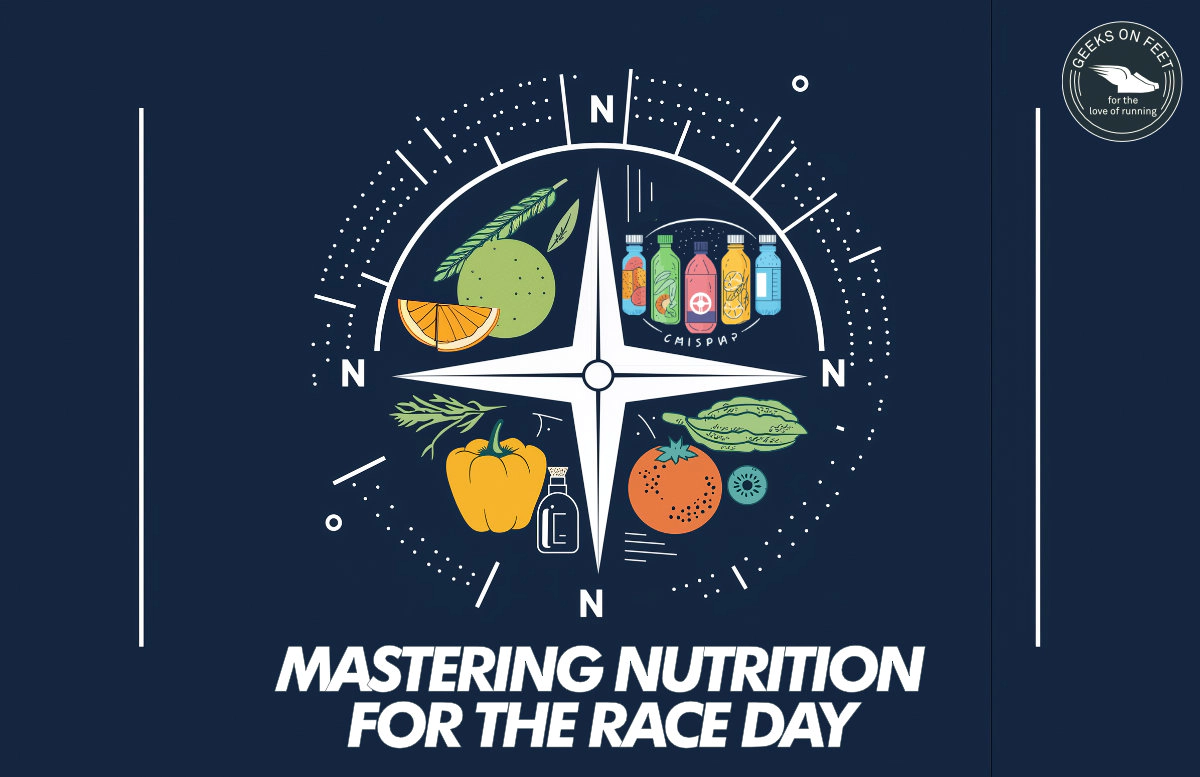
As race day approaches, we have probably heard the familiar advice: hydrate well, load up on carbs, and ensure you’re getting enough electrolytes and nitrates. But how can you ensure you’re fueling your body with the right nutrition leading up to the competition? While every runner is different, there are several common principles that apply to all when it comes to race nutrition.
Assuming you have trained well to meet your goals, it’s time to focus on nutrition during the final 2-3 weeks of taper phase leading up to the race. This phase involves reducing your mileage but maintaining intensity. Here’s what you need to consider from nutrition perspective:
One of the most important aspects of race nutrition is ensuring your muscles are stocked with glycogen, the primary fuel for endurance events. Here’s how to maximize glycogen storage:
Storage Capacity
While the liver typically stores around 80-100 grams of glycogen, well-trained skeletal muscles can store between 300 to 500 grams, depending on factors such as muscle mass and training intensity. This larger reserve is crucial for sustaining energy during long races.
However, don’t start carb loading till the final 2-3 days before the race to avoid gaining weight. 2-3 days or even a single day of carb loading is sufficient to top-up the body’s glycogen capacity.
Before race day, focus on fast-absorbing foods that are low in fiber. Take these with a modest amount of protein. Few examples:
What to Avoid:
On race day, keep your fuel strategy simple:
How to take more carbs?
Elite athletes take about 90-120 grams of carbs per hour. This would need a lot of gut training to better tolerate and absorb carbohydrates during high-intensity workouts. By consuming high-amounts of carbs during your intense and long training sessions, you’ll improve your body’s ability to oxidize carbs effectively. This will help your gut handle the fuel it needs during longer races.
Muscle cramps can be a major problem during a race. However there is no single cause, but it is multifactorial. It is often caused by a combination of dehydration, electrolyte imbalances, glycogen depletion, high intensity efforts or neuro-muscular fatigue.
To rule out electrolyte imbalance causing cramps, make sure to replenish electrolytes through sports drinks or supplements, stay well-hydrated, and manage your race intensity.
You could also top-up electrolytes such as Magnesium, Sodium, and potassium starting a few days before the race.
After the race within the first hour, it’s crucial to refuel and support your body’s recovery. Aim to consume:
This combination supports rapid recovery, reduces muscle soreness, and prepares your body for subsequent training sessions.
This structured approach to holistic nutrition should help ensure that you’re properly fueled for optimal performance. By focusing on the right foods, timing, and hydration strategies, you can set yourself up for a successful race and speedy recovery.
Compiled by Team GeeksOnFeet for the love of running